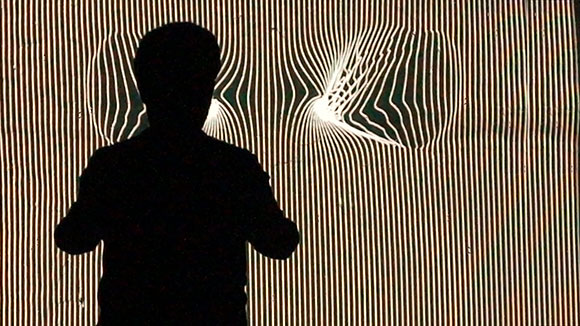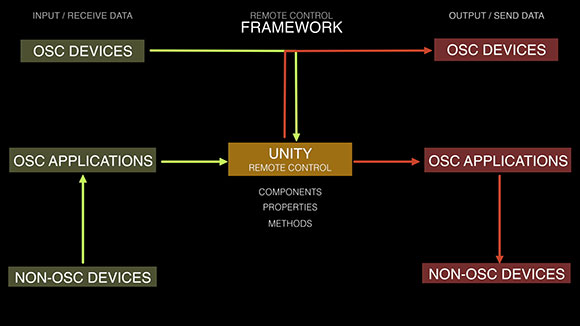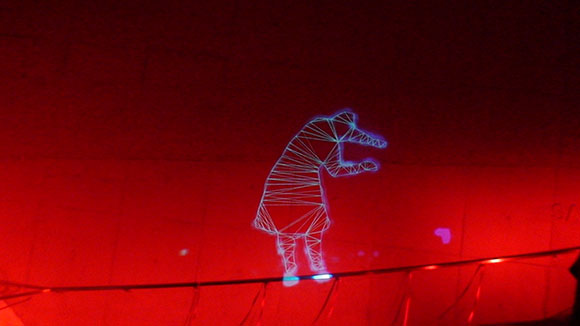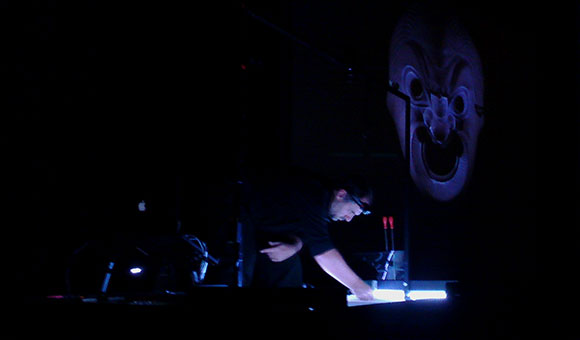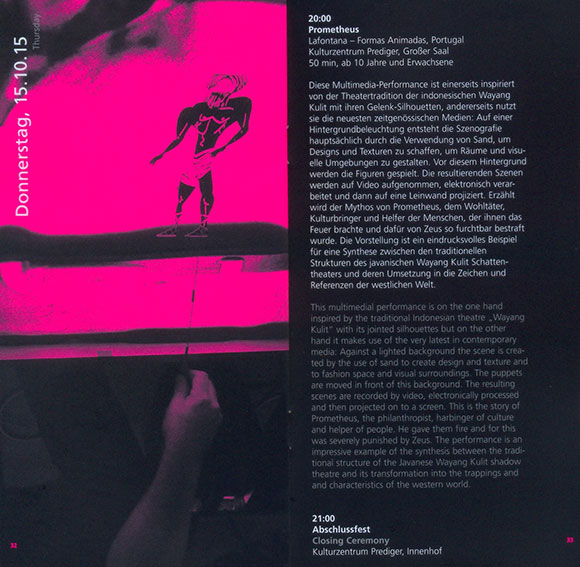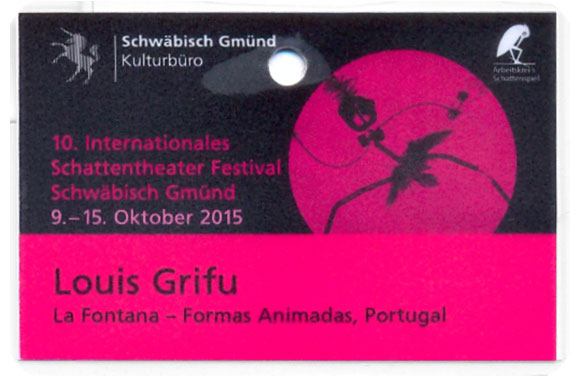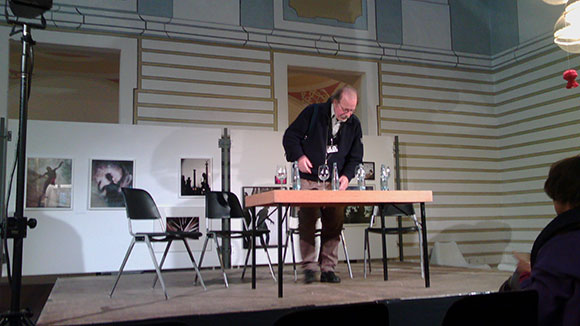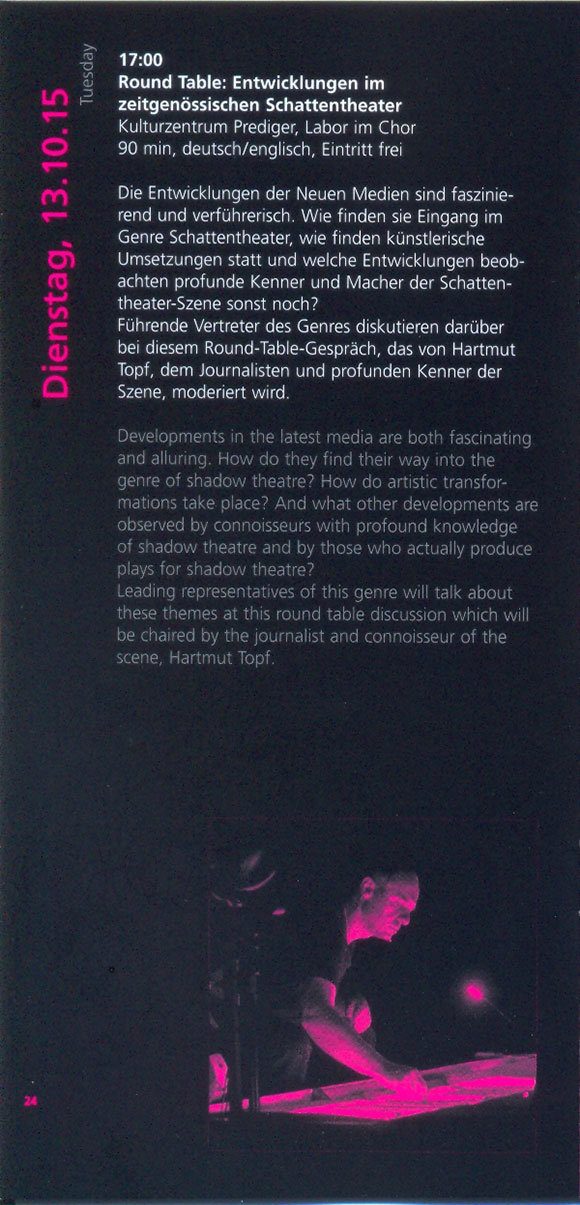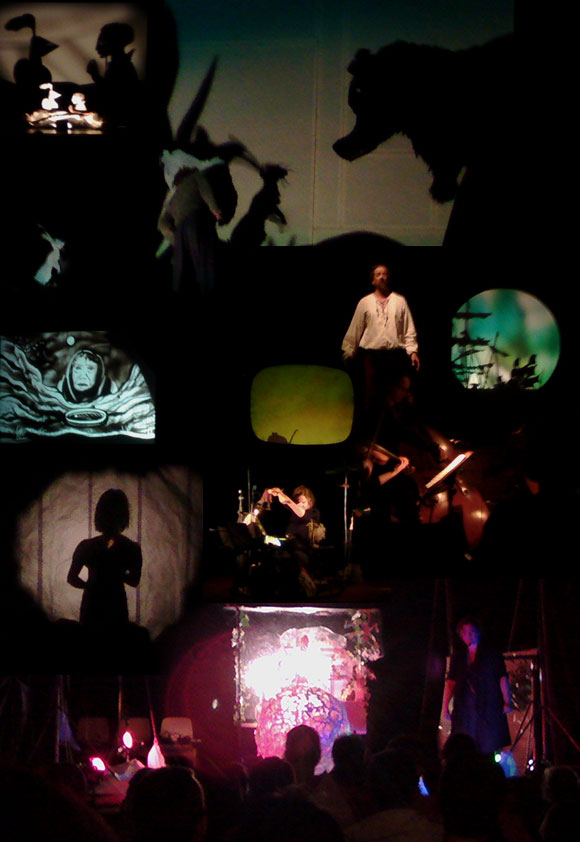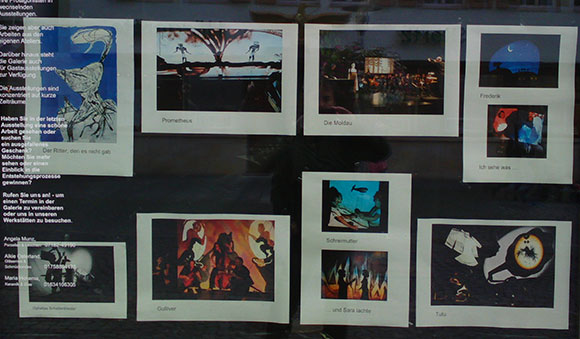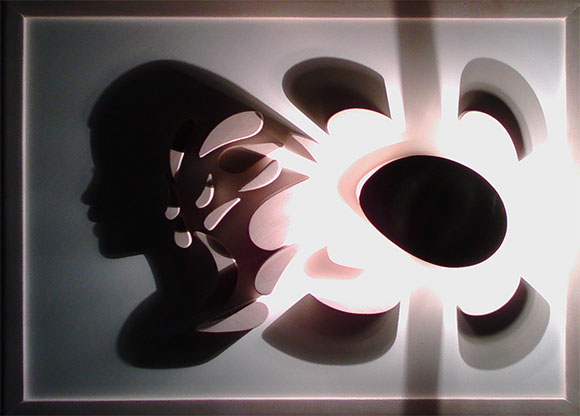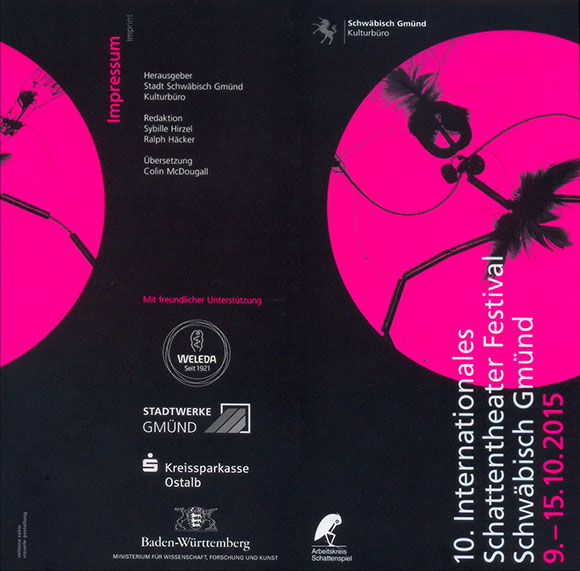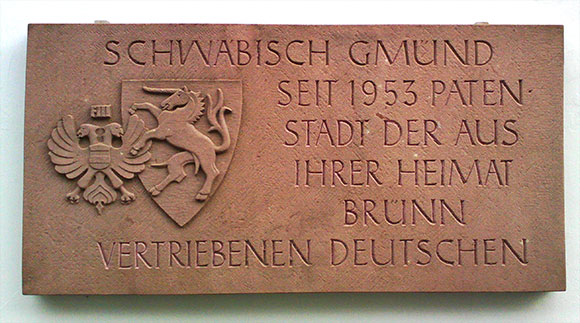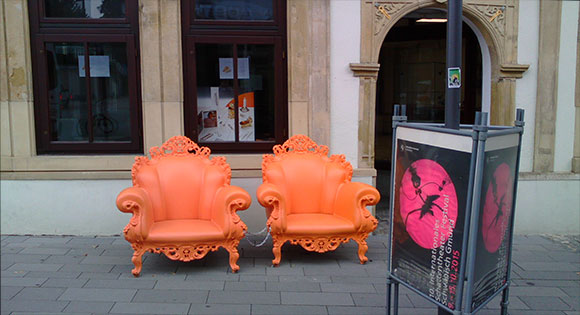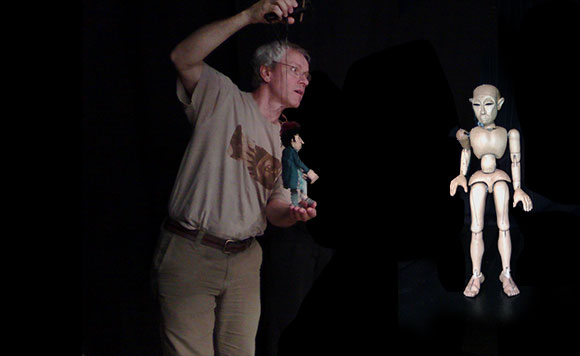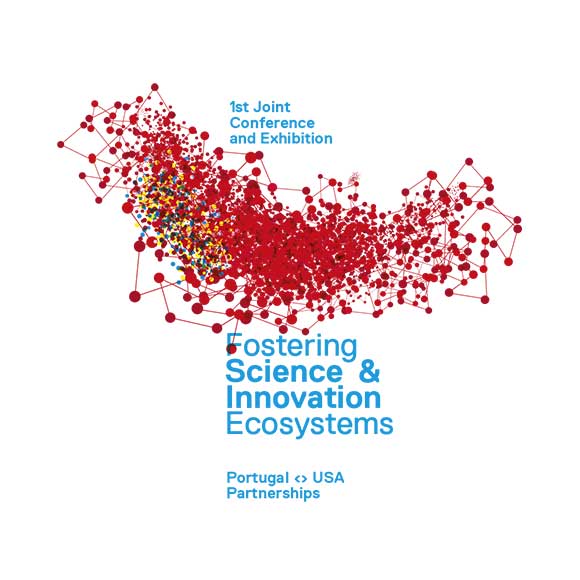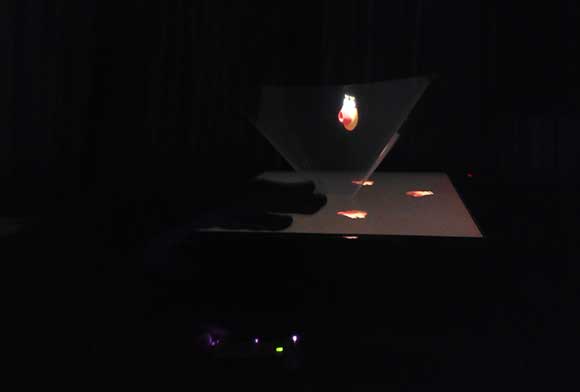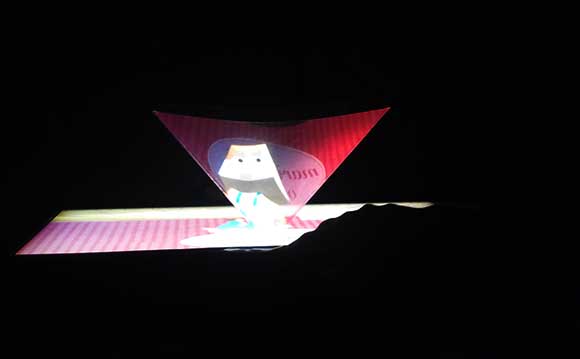Results from the explorative work during an artistic residence on Espaço-Tempo in December 2015.
Solitária is an ongoing project from Alma D””””arame that explores the human Loneliness in the solitaire.
We explored the human mind and body in the dark.
How do we move, see, listen and think in a place where there is no light?
The absence of light removes any spatial–temporal references and draw us to an unbalanced world.
We are trapped in a square space, and our body is the only connection to the physical world, the only sensor capable to recognize the physical space.
Our focus was on the relations between the human gestures and the space.
[vimeo 150417382 w=580&h=326]
[Portuguese]
Em termos gráficos, tentamos uma abordagem gráfica e minimal dando foco ao vazio e ao silêncio. Os elementos gráficos são geradas fundamentalmente a partir de linhas que nos remetem para as grades da prisão. Surgem igualmente letras para caracterizar as memórias e as silhuetas como representação do real. Mas esta realidade vai sendo linearizada (esquecida) começando com as silhuetas evoluindo até ao seu estado sintetizado, linhas que ganham expressão. Em termos de interação trabalhamos o corpo e objectos no espaço e no tempo. Começa-se por trabalhar o corpo e objectos no espaço da solitária, depois exploramos o espaço do próprio corpo explorando a relação espacial entre as mãos e centro gravitacional do corpo, finalmente retorna-se ao espaço da solitária relacionado o corpo com o espaço físico. Utiliza-se um sensor de profundidade e câmaras de vídeo.
Performer Amândio Anastácio
Multimedia Grifu
Technical framework
[HARDWARE]
– Macintosh Laptop
– Microsoft Kinect
– Video Camera
– Ipad
[SOFTWARE]
– Qlab
– OpenFrameworks
– eMotion
– QuartzComposer
– PureData
– MaxMsp
– PullTheStrings
– TouchOSC
– Syphon
Dec. 2015

